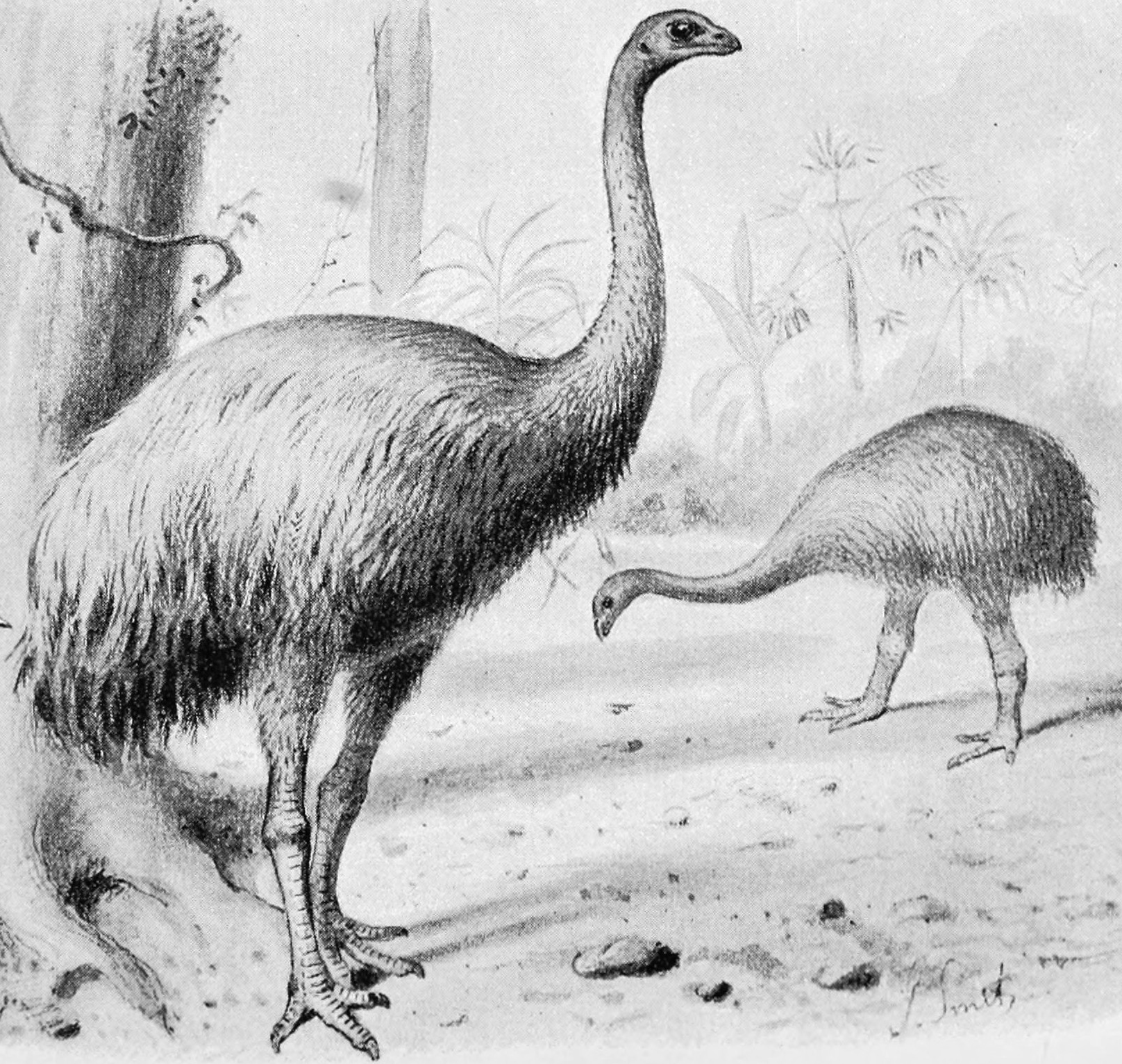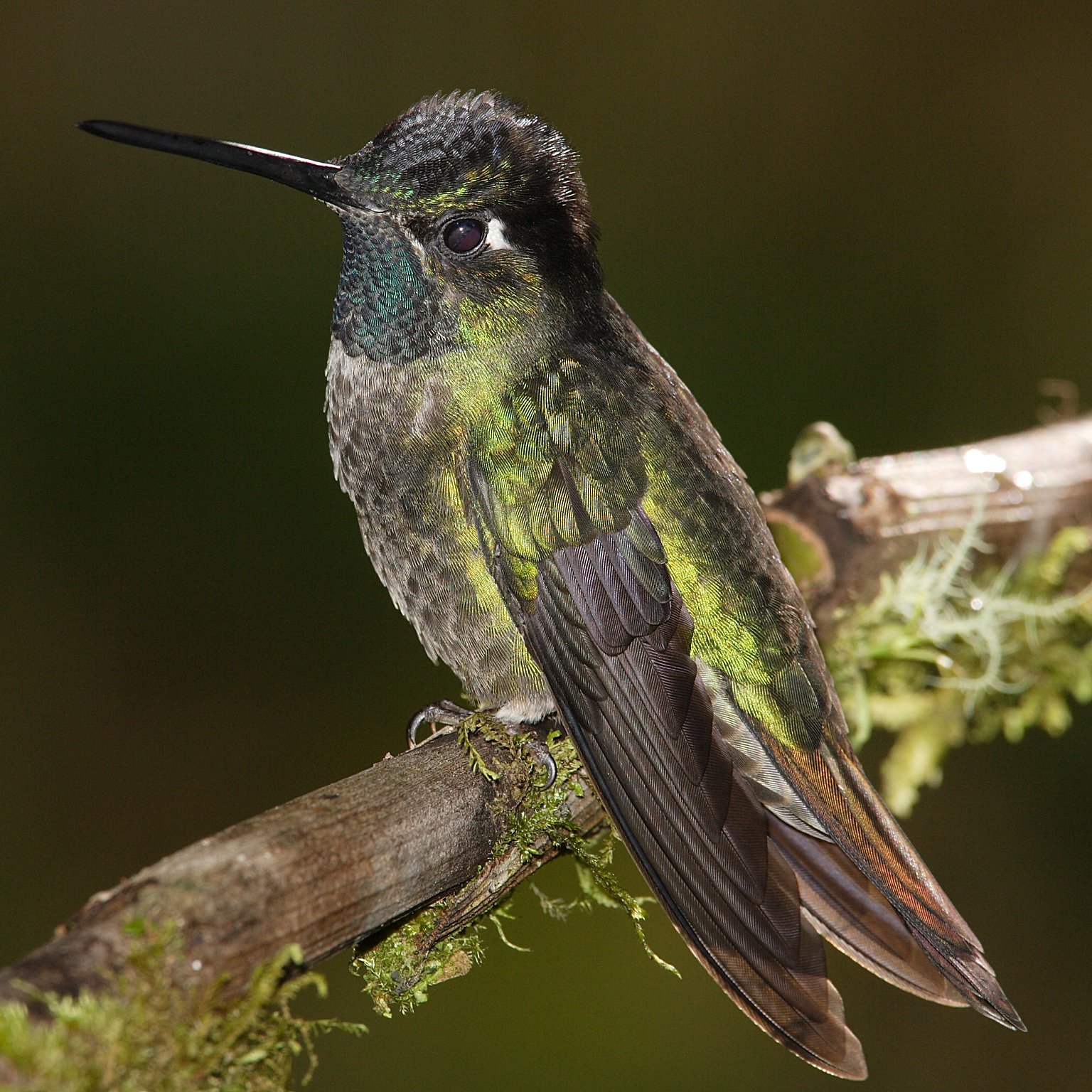|
Sete Passagens State Park
The Sete Passagens State Park () is a state park in the state of Bahia, Brazil. It protects a mountainous region in the transition between Atlantic Forest and Caatinga. Location The Sete Passagens State Park is in the municipality of Miguel Calmon, Bahia, with an estimated area of . It is in the Chapada Norte region of the state, from Salvador, the state capital. It is in the Itapicuru River basin. It is an important source of water in a drought-prone area, with numerous springs that supply streams to contribute to the Itapicuru-Mirim River, a major tributary of the Itapicuru. The park covers the Campo Limpo, Sapucaia and Jaqueira ranges to the south of the Jacobina range. The park contains dozens of greens hills cut by valleys. The highest point has an altitude of . There are prehistoric rock paintings in a small grotto at the top of the mountain. History The Sete Passagens State Park was created by state decree 7.808 of 24 May 2000. Environment The Sete Passagens State Pa ... [...More Info...] [...Related Items...] OR: [Wikipedia] [Google] [Baidu] |
Miguel Calmon
Miguel Calmon is a municipality in the state of Bahia in the North-East region of Brazil. The municipality contains the Sete Passagens State Park, created in 2000. Notable people * Andreson Dourado Ribas, footballer See also *List of municipalities in Bahia This is a list of the municipalities in the state of Bahia (BA), located in the Northeast Region of Brazil. Bahia is divided into 417 municipalities, which are grouped into 32 microregions, which are grouped into 7 mesoregions. See also * ... References Municipalities in Bahia {{Bahia-geo-stub ... [...More Info...] [...Related Items...] OR: [Wikipedia] [Google] [Baidu] |
Golden-bellied Capuchin
The golden-bellied capuchin (''Sapajus xanthosternos''), also known as the yellow-breasted or buff-headed capuchin, is a species of New World or neotropical monkey. It lives mainly in trees and are omnivorous, eating a wide variety of both plant and animals as food. Golden-bellied capuchin normal home range is in the Atlantic forest of Brazil and it is critically endangered due to forest fragmentation and habitat loss mainly due to agriculture, there are currently efforts to protect them by the local government. Characteristics Although there are differences between individuals as well as between the sexes and across age groups, ''S. xanthosternos'' is described as having a distinctive yellow to golden red chest, belly and upper arms. Its face is a light brown and its cap for which the capuchins were first named is a dark brown/black or light brown. Formerly thought to be a subspecies of tufted capuchin (''S. apella''), it was elevated to the status of species.Mittermeier, R. ... [...More Info...] [...Related Items...] OR: [Wikipedia] [Google] [Baidu] |
Protected Areas Established In 2000
Protection is any measure taken to guard a thing against damage caused by outside forces. Protection can be provided to physical objects, including organisms, to systems, and to intangible things like civil and political rights. Although the mechanisms for providing protection vary widely, the basic meaning of the term remains the same. This is illustrated by an explanation found in a manual on electrical wiring: Some kind of protection is a characteristic of all life, as living things have evolved at least some protective mechanisms to counter damaging environmental phenomena, such as ultraviolet light. Biological membranes such as bark on trees and skin on animals offer protection from various threats, with skin playing a key role in protecting organisms against pathogens and excessive water loss. Additional structures like scales and hair offer further protection from the elements and from predators, with some animals having features such as spines or camouflage serv ... [...More Info...] [...Related Items...] OR: [Wikipedia] [Google] [Baidu] |
State Parks Of Brazil
State may refer to: Arts, entertainment, and media Literature * '' State Magazine'', a monthly magazine published by the U.S. Department of State * ''The State'' (newspaper), a daily newspaper in Columbia, South Carolina, United States * '' Our State'', a monthly magazine published in North Carolina and formerly called ''The State'' * The State (Larry Niven), a fictional future government in three novels by Larry Niven Music Groups and labels * States Records, an American record label * The State (band), Australian band previously known as the Cutters Albums * ''State'' (album), a 2013 album by Todd Rundgren * ''States'' (album), a 2013 album by the Paper Kites * ''States'', a 1991 album by Klinik * ''The State'' (album), a 1999 album by Nickelback Television * ''The State'' (American TV series), 1993 * ''The State'' (British TV series), 2017 Other * The State (comedy troupe), an American comedy troupe Law and politics * State (polity), a centralized political organ ... [...More Info...] [...Related Items...] OR: [Wikipedia] [Google] [Baidu] |
Belvedere (structure)
A belvedere or belvidere (from Italian for "beautiful view") is an architectural structure sited to take advantage of a fine or scenic view. The term has been used both for rooms in the upper part of a building or structures on the roof, or a separate pavilion in a garden or park. The actual structure can be of any form or style, including a turret, a cupola or an open gallery. The term may be also used for a paved terrace or just a place with a good viewpoint, but no actual building. It has also been used as a name for a whole building, as in the Belvedere, Vienna, a huge palace, or Belvedere Castle, a folly in Central Park in New York. Examples On the hillside above the Vatican Palace, (circa 1480-1490), Antonio del Pollaiuolo built a small pavilion (''casino'' in Italian) named the ''palazzetto'' or the Belvedere for Pope Innocent VIII Pope Innocent VIII ( la, Innocentius VIII; it, Innocenzo VIII; 1432 – 25 July 1492), born Giovanni Battista Cybo (or C ... [...More Info...] [...Related Items...] OR: [Wikipedia] [Google] [Baidu] |
Neotropical Bellbird
Neotropical bellbird (or simply bellbird) is the common name given to passerine birds of the genus ''Procnias'', found in the Neotropics. They are members of the cotinga family. They are all restricted to tropical or subtropical humid forested regions, often in low mountains or foothills. As indicated by their common name, they all have extremely loud calls that are reminiscent of a metal bell being rung. Three of the four species are restricted to South America, while the last, the three-wattled bellbird, is restricted to southern Central America. They are strongly sexually dimorphic. Males have an at least partially white plumage, and facial wattles or bare facial skin. Females lack the wattles/bare facial skin, and are overall olive with yellowish streaks below. Taxonomy The genus ''Procnias '' was introduced in 1811 by the German zoologist Johann Karl Wilhelm Illiger. The name comes from Greek mythology, Procne was an Athenian princess who was metamorphosed into a swallow ... [...More Info...] [...Related Items...] OR: [Wikipedia] [Google] [Baidu] |
Seriema
The seriemas are the sole living members of the small bird family Cariamidae, which is also the only surviving lineage of the order Cariamiformes. Once believed to be related to cranes, they have been placed near the falcons, parrots and passerines, as well as the extinct Phorusrhacidae (terror birds).Hackett, S. J. ''et al''. (2008) A Phylogenomic Study of Birds Reveals Their Evolutionary History. ''Science'' 320(5884):1763–1768 10.1126/science.1157704 The seriemas are large, long-legged territorial birds that range from in length. They live in grasslands, savanna, dry woodland and open forests of Brazil, Bolivia, Argentina, Paraguay and Uruguay. There are two species of seriemas, the red-legged seriema (''Cariama cristata'') and the black-legged seriema (''Chunga burmeisteri'').del Hoyo, J. Elliott, A. & Sargatal, J. (editors). (1996) ''Handbook of the Birds of the World. Volume 3: Hoatzin to Auks''. Lynx Edicions. Names for these birds in the Tupian languages are variously ... [...More Info...] [...Related Items...] OR: [Wikipedia] [Google] [Baidu] |
Tinamou
Tinamous () form an order of birds called Tinamiformes (), comprising a single family called Tinamidae (), divided into two distinct subfamilies, containing 46 species found in Mexico, Central America, and South America. The word "tinamou" comes from the Galibi term for these birds, ''tinamu''. Tinamous have traditionally been regarded as the sister group of the flightless ratites, but recent work places them well within the ratite radiation, implying basal ratites could fly. Tinamous first appear in the fossil record in the Miocene epoch. They are generally sedentary, ground-dwelling and, though not flightless, when possible avoid flight in favour of hiding or running away from danger. They are found in a variety of habitats, ranging from semi-arid alpine grasslands to tropical rainforests. The two subfamilies are broadly divided by habitat, with the Nothurinae referred to as steppe or open country tinamous, and the Tinaminae known as forest tinamous. Although some species are qu ... [...More Info...] [...Related Items...] OR: [Wikipedia] [Google] [Baidu] |
Hummingbird
Hummingbirds are birds native to the Americas and comprise the biological family Trochilidae. With about 361 species and 113 genera, they occur from Alaska to Tierra del Fuego, but the vast majority of the species are found in the tropics around the equator. They are small birds, with most species measuring in length. The smallest extant hummingbird species is the bee hummingbird, which weighs less than . The largest hummingbird species is the giant hummingbird, weighing . They are specialized for feeding on flower nectar, but all species also consume flying insects or spiders. Hummingbirds split from their sister group, the swifts and treeswifts, around 42 million years ago. The common ancestor of extant hummingbirds is estimated to have lived 22 million years ago in South America. They are known as hummingbirds because of the humming sound created by their beating wings, which flap at high frequencies audible to humans. They hover in mid-air at rapid wing-flapping ra ... [...More Info...] [...Related Items...] OR: [Wikipedia] [Google] [Baidu] |
Hawk
Hawks are birds of prey of the family Accipitridae. They are widely distributed and are found on all continents except Antarctica. * The subfamily Accipitrinae includes goshawks, sparrowhawks, sharp-shinned hawks and others. This subfamily are mainly woodland birds with long tails and high visual acuity. They hunt by dashing suddenly from a concealed perch. * In America, members of the '' Buteo'' group are also called hawks; this group is called buzzards in other parts of the world. Generally, buteos have broad wings and sturdy builds. They are relatively larger-winged, shorter-tailed and fly further distances in open areas than accipiters. Buteos descend or pounce on their prey rather than hunting in a fast horizontal pursuit. The terms ''accipitrine hawk'' and ''buteonine hawk'' are used to distinguish between the types in regions where ''hawk'' applies to both. The term ''"true hawk"'' is sometimes used for the accipitrine hawks in regions where ''buzzard'' is pre ... [...More Info...] [...Related Items...] OR: [Wikipedia] [Google] [Baidu] |
Tayra
The tayra (''Eira barbara'') is an omnivorous animal from the weasel family, native to the Americas. It is the only species in the genus ''Eira''. Tayras are also known as the ''tolomuco'' or ''perico ligero'' in Central America, ''motete'' in Honduras, ''irara'' in Brazil, ''san hol'' or ''viejo de monte'' in the Yucatan Peninsula, and high-woods dog (or historically ''chien bois'') in Trinidad. The genus name ''Eira'' is derived from the indigenous name of the animal in Bolivia and Peru, while ''barbara'' means "strange" or "foreign". Description Tayras are long, slender animals with an appearance similar to that of weasels and martens. They range from in length, not including a 37- to 46-cm-long (15 to 18 in) bushy tail, and weigh . Males are larger, and slightly more muscular, than females. They have short, dark brown to black fur which is relatively uniform across the body, limbs, and tail, except for a yellow or orange spot on the chest. The fur on the head and neck ... [...More Info...] [...Related Items...] OR: [Wikipedia] [Google] [Baidu] |





